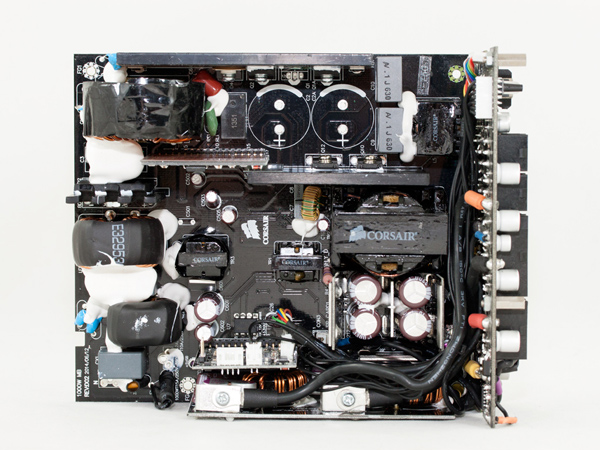PSUs 101: A Detailed Look Into Power Supplies
The objective of this article is to provide detailed information about the most crucial part of a personal computer (PC) system, its power supply unit. Follow us on this journey into PSU territory and we promise that you will gain valuable knowledge.
SMPS Vs. Linear Regulators
A switching mode power supply (SMPS), as its name implies, utilizes switching power conversion. This is the major difference between an SMPS and a linear regulator, which might be much easier to implement but offers considerably less efficiency and can function only as a step-down (buck) converter. In addition, linear regulators can be much larger than switching mode power supplies, with similar wattage output, in case of large capacities.
On the other hand, a linear regulator is ideal for low energy demands thanks to its low cost and simple design. Plus, it doesn't radiate electromagnetic interference (EMI) and has ripple-proof outputs. Restricted EMI transmissions and excellent ripple performance are why high-quality laboratory and bench power supplies are based on linear regulator (instead of switching) designs.


To explain how an SMPS works, let's use an example based on public transportation. Assume that it is rush hour, and thousands of passengers want to travel from one place to another using the metro system. Of course, there is no single train large enough to carry all of these people at the exact same time. As such, many trains have to be used, and they have to leave the station during specified time slots, taking passengers elsewhere to reach their homes, since only a few are lucky enough to live right next to a metro station.
A similar process happens inside an SMPS, where energy is drawn by a source—an AC socket—and is then broken into small packets using transistors that act as switchers. The chopped packets are transferred with the help of electronic components, including capacitors and inductors, which can store energy. At the end of their journey, all of the packets are merged into one, providing a steady energy output. We will further explain the operation of an SMPS in the next section.
MORE: How We Test Power SuppliesMORE:
Who's Who In Power Supplies, 2014: Brands Vs. ManufacturersMORE:
All Power Supply ArticlesMORE:
Power Supplies in the Forums
Get Tom's Hardware's best news and in-depth reviews, straight to your inbox.
Current page: SMPS Vs. Linear Regulators
Prev Page Resistors, Transistors And Diodes Next Page SMPS Parts Description
Aris Mpitziopoulos is a contributing editor at Tom's Hardware, covering PSUs.